Ancient Microbes, Brain Interfaces and Satellite Rescue
In this NewsFlash, the deep-sea dwelling bacteria that are still eating a meal that dates from the times of the dinosaurs, a new system for saving satellites and how a brain interface device can allow paralysis patients to control robotic arms, giving them the freedom to move again.
In this episode
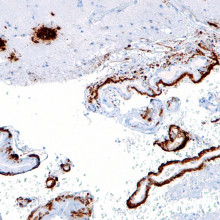
00:21 - Alzheimer's protein damages blood brain barrier
Alzheimer's protein damages blood brain barrier
A protein associated with Alzheimer's disease causes damage to the blood vessels of the brain, ultimately leading to a leaky blood brain barrier and an increased risk of neurodegenerative disease. Identifying this mechanism offers new targets for treating and even preventing disease.
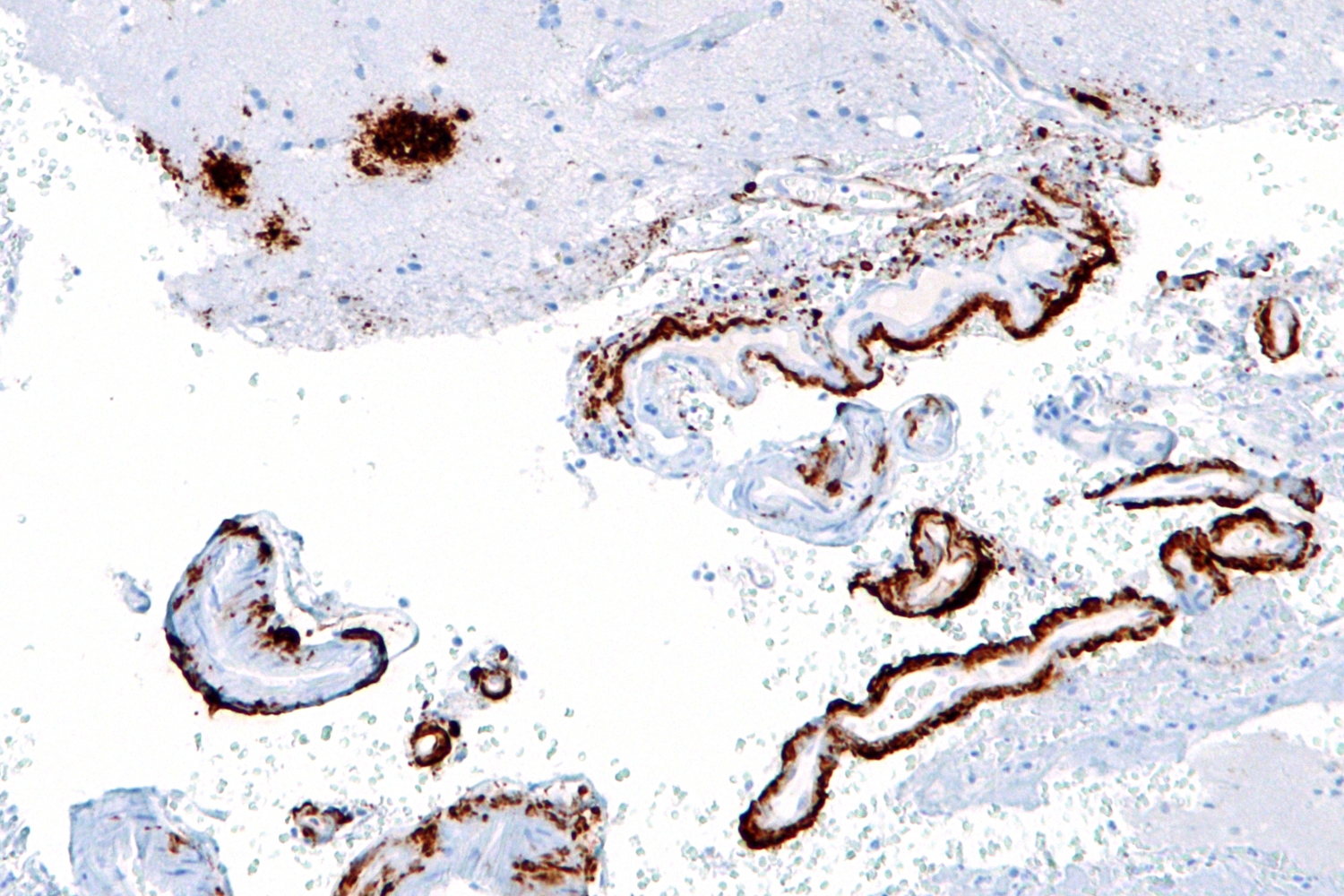 APOE4 is one of three common forms of human apolipoprotein E, and is a major genetic risk factor for Alzheimer's disease, as well as being associated with poor recovery from brain injury. Now, research published in the journal Nature shows that APOE4 activates a pro-inflammatory pathway in pericytes, cells found in the walls of brain capillaries and responsible for regulating blood flow and controlling the blood brain barrier. Activation of the pathway leads to increased uptake of toxins in the brain essentially by introducing a leak to the blood brain barrier.
APOE4 is one of three common forms of human apolipoprotein E, and is a major genetic risk factor for Alzheimer's disease, as well as being associated with poor recovery from brain injury. Now, research published in the journal Nature shows that APOE4 activates a pro-inflammatory pathway in pericytes, cells found in the walls of brain capillaries and responsible for regulating blood flow and controlling the blood brain barrier. Activation of the pathway leads to increased uptake of toxins in the brain essentially by introducing a leak to the blood brain barrier.
The blood brain barrier plays an essential role in allowing nutrients in and keeping toxins out of the brain, and dysfunction of this barrier can lead to damage and ultimately neurodegenerative disease, including the build up of beta amylase plaques that are characteristic of Alzheimer's.
Robert Bell from the University of Rochester in New York, and colleagues, targeted a particular component of this pathway, cyclophilin A. This is a protein which is inhibited by other forms of APOE, and is known to be involved in blood vessel damage elsewhere in the body, being implicated in heart disease as well as Alzheimer's. Mice carrying the ApoE4 gene express 5 times more cyclophilin A than those carrying the other versions of the ApoE gene.
Blocking cyclophilin A in mice, either genetically or using the immune suppressant drug cyclosporine, reversed the damage and dramatically cut the leakiness of brain blood vessels. This offers a good target for treating or preventing the damage that can ultimately lead to Alzheimer's, the most common cause of dementia in older adults.
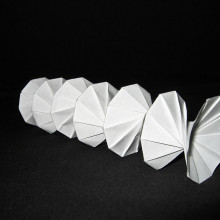
02:30 - Origami, by light
Origami, by light
There are more and more applications for very small 3D structures, ranging from displays to aerials, but whilst we are very good at making minute 2 dimensional structures the third dimension is much more difficult. The Japanese developed ways of converting the 2D paper to beautiful 3D structures in the art of origami, and more recently mathematicians have formalised the process, but folding structures on the micrometer scale is rather fiddly. There have been some approaches involving liquids and using surface tension, or by adding actuators, but these are constrained or more expensive.
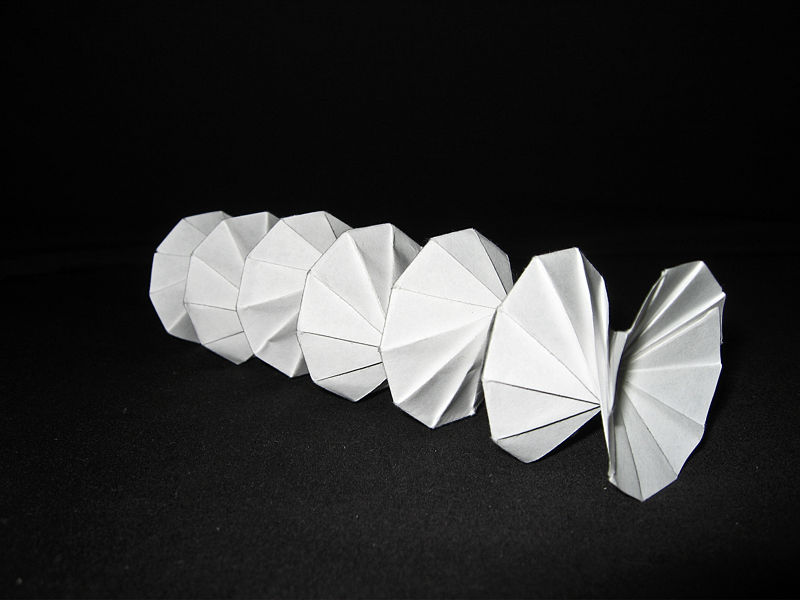 However Jennie Ryu at the University of Colorado and collegues have come up with a very neat solution. They have developed a process which involves taking a sheet of polymer, stretching it in one direction, and then shining UV light onto areas of the surface which they want to produce a hinge. The polymer is designed to permanently stretch when exposed to the UV, so they end up with the upper layer longer than the under side, meaning that when they stop stretching the sheet, it will want to bend. The sheet is then stretched in other directions, and exposed to form other hinges. When a shape is cut out of the polymer sheet, it is already folded to the correct shape.
However Jennie Ryu at the University of Colorado and collegues have come up with a very neat solution. They have developed a process which involves taking a sheet of polymer, stretching it in one direction, and then shining UV light onto areas of the surface which they want to produce a hinge. The polymer is designed to permanently stretch when exposed to the UV, so they end up with the upper layer longer than the under side, meaning that when they stop stretching the sheet, it will want to bend. The sheet is then stretched in other directions, and exposed to form other hinges. When a shape is cut out of the polymer sheet, it is already folded to the correct shape.
By varying the exposure, they can change the angle the polymer folds to, and by exposing a larger length they can produce a smooth curve rather than a sharp bend.
So far they have folded up a box about 10mm across, but they have developed tools that should allow them to build structures much smaller, which could have interesting structural properties, optical properties, or even make useful scaffolds for growing tissue on.
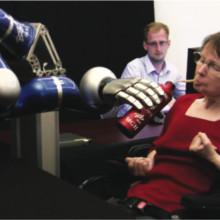
05:03 - Brain Interface Gives Paralysed Patients Freedom to Move
Brain Interface Gives Paralysed Patients Freedom to Move
Professor John Donoghue, Brown University
Ben - Imagine not being able to just pick up a glass and have a drink, and instead, having to rely on others to help with this most simple of tasks. This week a brain interface device has allowed a paralysed stroke victim to drink for herself for the first time in 14 years by controlling a robotic arm just using her mind. Professor John Donoghue from Brown University reports on this work in the journal Nature this week and he joins us now. John, thank you ever so much for joining us.
John - Well, thank you. I'm pleased to be here.
Ben - What did you set out to show with this piece of work?
John - Previously, in 2006, we had shown in spinal cord injured patients that they were able to control a cursor on a computer and type or play a video game. But we didn't know whether people with paralysis, like these two people with stroke that we studied, would be able to control something that's as complicated as a robot arm. This was very important because in order to be able to do things for yourself, you have to be able to reach out and grab something; your drink or your morning toast. Otherwise, you're completely dependent on other people. So our test was to see whether people were able to control something this complex.
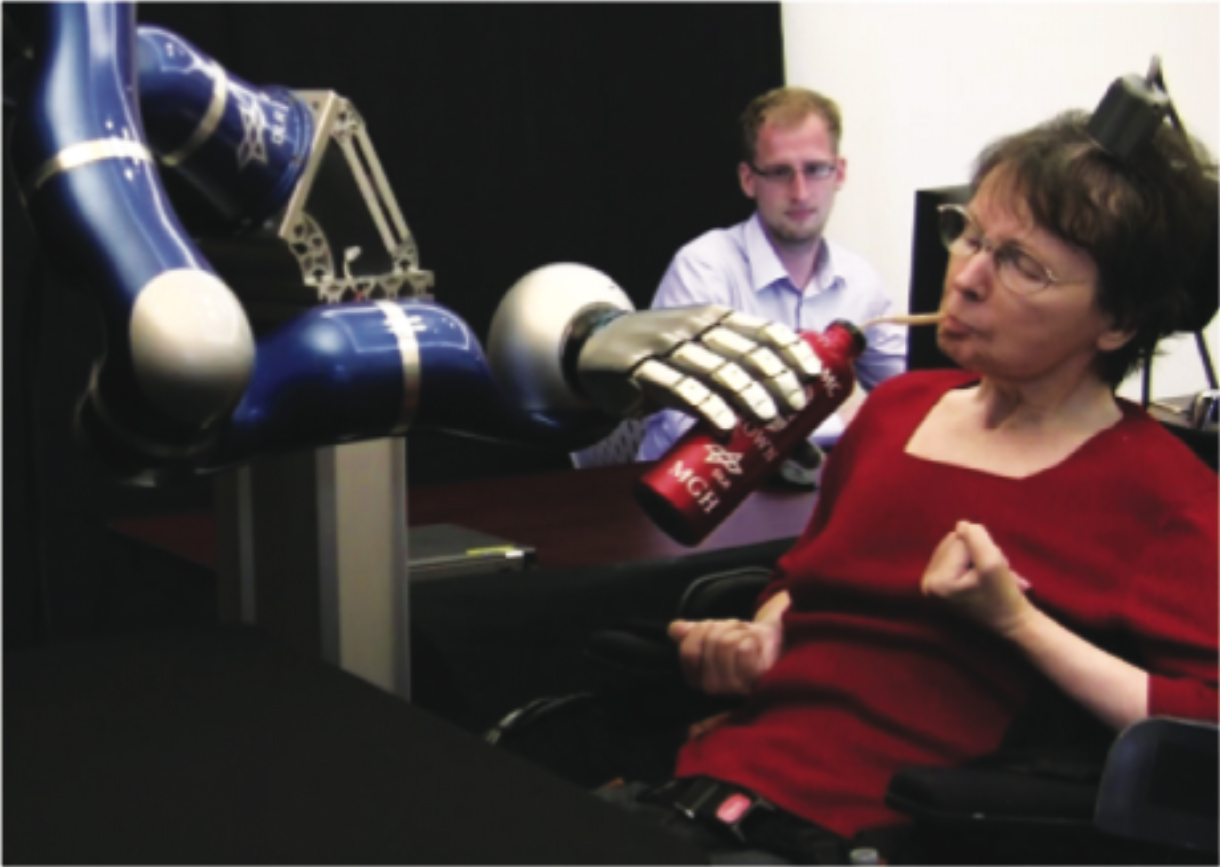 Ben - So, what is the increase in complexity from controlling a cursor on the screen, through to controlling a robot arm? Is it the extra dimension, the fact that you're working in 3-dimensions instead of just two?
Ben - So, what is the increase in complexity from controlling a cursor on the screen, through to controlling a robot arm? Is it the extra dimension, the fact that you're working in 3-dimensions instead of just two?
John - Well, it's even more than that because if you want to grab onto something, you have to open and close your hand and you have to do it whenever you want. So, the challenge was to ask this tiny population of cells that we were picking up in the brain to not only be able to move in 3-dimensions, that is, put your hand anywhere you want in space but also to be able to open and close your hand whenever you want it.
Ben - How does the implant technology actually work?
John - We put a tiny sensor about the size of a small pill on the surface of the brain and it has 100 hair thin electrodes that go just into the surface and they pick up these very weak impulses that come out of neurons. The impulses are taken out and transformed into a command signal. So it's a pattern of brain activity that becomes a command signal to run the robot arm.
Ben - So, it's a computer science problem as well as a neuroscience problem, and a technology problem because you need to interpret what's going on in the brain in order to turn that into a reliable signal?
John - Actually, yes. This is a wonderful example of how it's necessary for engineers and clinicians, and neuroscientists, and computer scientists, all to work together in a team to solve the problem of picking up brain signals, transforming them into meaningful control signals, running them through a computer and robotocists of course, we work with robotocists to be able to take that command signal and actually make the robot arm do what the person is thinking.
Ben - I understand that one of your patients had actually had this implant for quite a long time and one of the things that people have been worried about with this sort of work is that the implants would either generate some sort of response, perhaps a local inflammatory response, or they would just fur up or they would break and stop being useful over time. This seems to be really good demonstration that actually, these things have longevity.
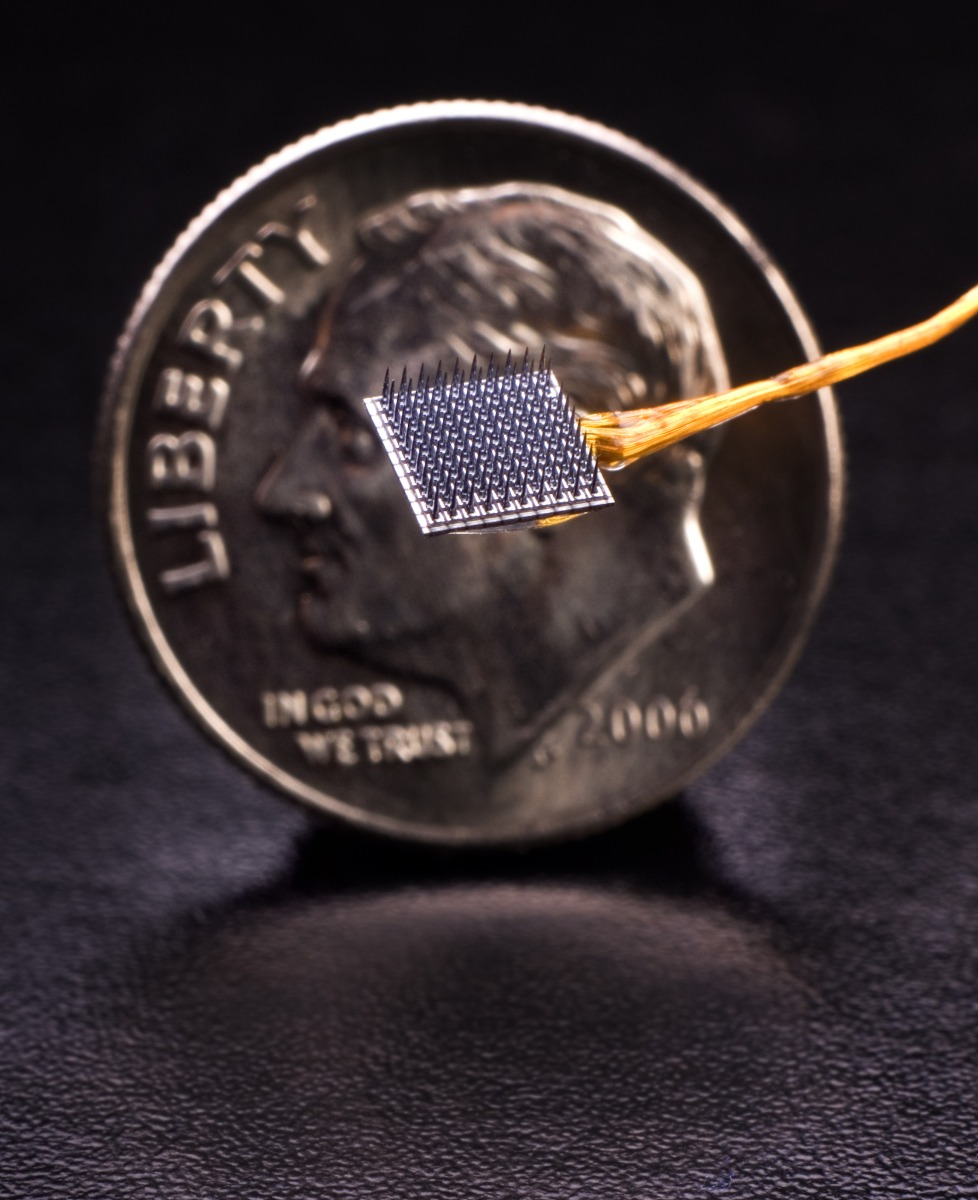 John - Well this is very encouraging that an implant in the brain can last a long time, but we have to be very cautious. It's only one person so far. We've had several others that we've studied for nearly a year, but we're concerned that the materials may break down and we began to see certainly evidence of that as one of the problems.
John - Well this is very encouraging that an implant in the brain can last a long time, but we have to be very cautious. It's only one person so far. We've had several others that we've studied for nearly a year, but we're concerned that the materials may break down and we began to see certainly evidence of that as one of the problems.
Ben - In particular, your patients have had a brain stem stroke. So they are essentially isolated from their own body. Do you think that the same techniques could work with people suffering from other forms of paralysis, perhaps spinal injury or stroke in another region of the brain?
John - Basically, what a stroke like this does in the brain stem is it disconnects the wires or the fibre pathway that goes from the brain to the spinal cord and then ultimately out to the body. So, for any person who has an intact and functioning brain, this technology could potentially work. So there are millions of people with various forms of paralysis - spinal cord injury, stroke, stroke in other areas other than the brain stem, and a disease like ALS or Lou Gehrig's disease in which the connections in the spinal cord to the muscles die, and then again, break the pathway from thinking about movement to actually making the movement or disconnecting the brain and the body.
Ben - And could we use other parts of the brain as well? So, could we actually have multiple systems running at once, one to control a robotic arm and then perhaps another one to control a wheelchair for example?
John - Could be, just like we have parts of our brain to control our legs and our arms. Of course, it all is coordinated together and we can't run too many things at once or we might get into trouble. But it's very encouraging as we learn more and more about how the brain turns thoughts into actions. We know there are very large networks and many areas involved and all of those are potential candidates. We could tap into the earlier parts of the stream to get additional arm signals or we could go to the leg area for example, perhaps to control a wheelchair or even exoskeletons on the legs of a paralysed person to make their legs move so they could walk.
Ben - And it's obviously wonderful to be able to control a robotic arm, but we have seen other work where they've been using a special type of electronic stimulation to actually make muscles move. Could ultimately this be used to bridge the stroke site, bridge the gap and reconnect muscles to what the brain is thinking? Could we get people controlling their own limbs again?
John - Yes, that's something that we're working on. We're very interested in reanimating the muscles and this is work of Hunter Peckham and Bob Kirsch at Case Western where they've implanted stimulators in the body and it leads to wires that go to the muscles or to the nerves. And when that stimulator goes off, the arm contracts. There are about 600 people that they've implanted that are standing up or moving their arm to some extent as a consequence of this wonderful technology. So we're working with them to try to say, instead of controlling it with an outside switch - so the current people will use a button that someone can push or a switch on their shoulder so if they can wiggle their shoulder, they can make their hand open and close. But now, imagine we could connect Braingate, this brain sensor, take the brain signals and wire them back into this stimulator which then goes to the muscle. So we should have a physical repair for a broken biological system.
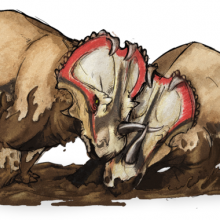
11:52 - Bacteria fed by dinosaurs found 'barely alive'
Bacteria fed by dinosaurs found 'barely alive'
A community of microbes has been found living in 86 million year old deep sea clay, although they're not exactly thriving - they seem to be surviving at the minimum energy requirement needed to qualify as "alive".
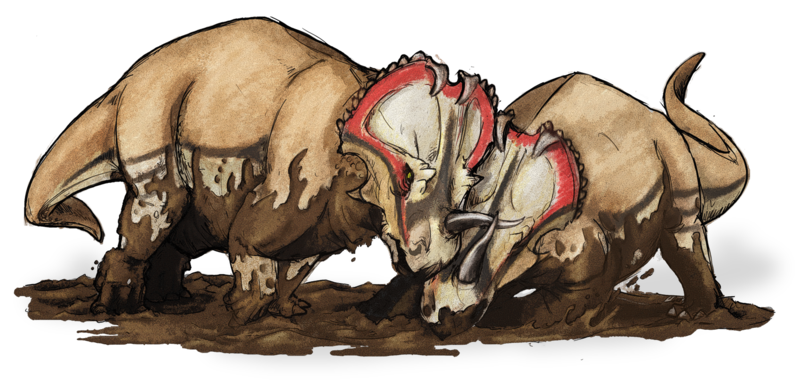 Along with colleagues in Germany and the USA, Hans Røy from Aarhus University in Denmark collected long cylinders of mud known as sediment cores from deep under the Pacific Ocean sea bed during a cruise of the current system known as the North Pacific Gyre. The sea bed beneath the Gyre is particularly interesting, as oxygen can penetrate many metres below the surface, unlike other ocean areas where oxygen penetrates just a few centimetres. This makes them a good place to look for unusual forms of microbial life, which could in turn help our search for life outside our planet.
Along with colleagues in Germany and the USA, Hans Røy from Aarhus University in Denmark collected long cylinders of mud known as sediment cores from deep under the Pacific Ocean sea bed during a cruise of the current system known as the North Pacific Gyre. The sea bed beneath the Gyre is particularly interesting, as oxygen can penetrate many metres below the surface, unlike other ocean areas where oxygen penetrates just a few centimetres. This makes them a good place to look for unusual forms of microbial life, which could in turn help our search for life outside our planet.
Writing in the journal Science, the team measured oxygen and carbon concentrations at different depths and, by making some assumptions about factors like the degradability of organic matter, were able to calculate how oxygen consumption changed with depth.
They then measured the numbers of microbial cells, which falls off rapidly with increasing depth. At the surface they found 108 (100,000,000) cells per cubic centimetre, but by 20m below the surface, in sediments laid down over 66 million years ago, they were finding just 1000 cells per cubic centimetre. Further down the cells were so sparsely distributed as to be uncountable, but evidence of their presence was still seen in oxygen consumption. One interesting finding was that the drop in density of microorganisms lagged behind the drop in oxygen concentration - suggesting a gradual change in the way oxygen is consumed.
The oxygen consumption rate did eventually reach a stable minimum, with the deepest microorganisms consuming 3 orders of magnitude less oxygen than similar cells in culture. This incredibly low respiration rate suggests these cells may be existing in a long-term stationary state, subsisting on the bare minimum to survive and unlikely to be growing or dividing.
Our present understanding of microorganism respiration is built mainly on our experience of culturing fast-growing microbes at the surface, so it's no surprise that what we discover deep under the sea bed doesn't match our expectations - even less so when you consider that this layer of sediment has seen no new food since the dinosaurs!

Satellite Rescue
Satellites are extremely expensive pieces of kit, even without the cost of launching them. A modern telecommunications satellite can cost billions of dollars. Unsurprisingly, their owners want them to keep functioning for as long as possible, however they have to maintain the right orbit to be useful, and as soon as they run out of fuel, their orbit will slowly start to change until they are useless. Satellites are solar powered and built to last, so that most satellites finish their lives perfectly serviceable, but just in the wrong place.
 A company called Vivisat is hoping to change this: they have designed a relatively small spacecraft called a Mission Extension Vehicle or MEV, which is powered by efficient ion thrusters. The idea is to fly the MEV up to the satellite, dock onto the motor which every geostationary satellite uses to get into circular orbit. The MEV then takes charge of pointing the satellite and keeping it in position, allowing it to keep working for several extra years.
A company called Vivisat is hoping to change this: they have designed a relatively small spacecraft called a Mission Extension Vehicle or MEV, which is powered by efficient ion thrusters. The idea is to fly the MEV up to the satellite, dock onto the motor which every geostationary satellite uses to get into circular orbit. The MEV then takes charge of pointing the satellite and keeping it in position, allowing it to keep working for several extra years.
This is another example of space starting to be used in a more innovative way, which hopefully will lead to exciting things in the future.
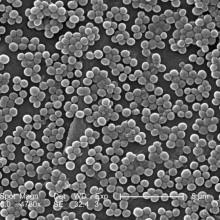
17:19 - The Spread of Superbugs, Cellular causes of Tinnitus and Precise Plant Pollination
The Spread of Superbugs, Cellular causes of Tinnitus and Precise Plant Pollination
Ross Fitzgerald, University of Edinburgh; Martine Hamman, University of Leicester; David Kring, Universities Space Research Association; Mark Johnson, Brown University
The Spread of Superbugs
Large city hospitals acts as breeding grounds for the highly resistant bacterium MRSA and facilitate its spread to more regional locations.
A study, led by Ross Fitzgerald from the University of Edinburgh, sequenced 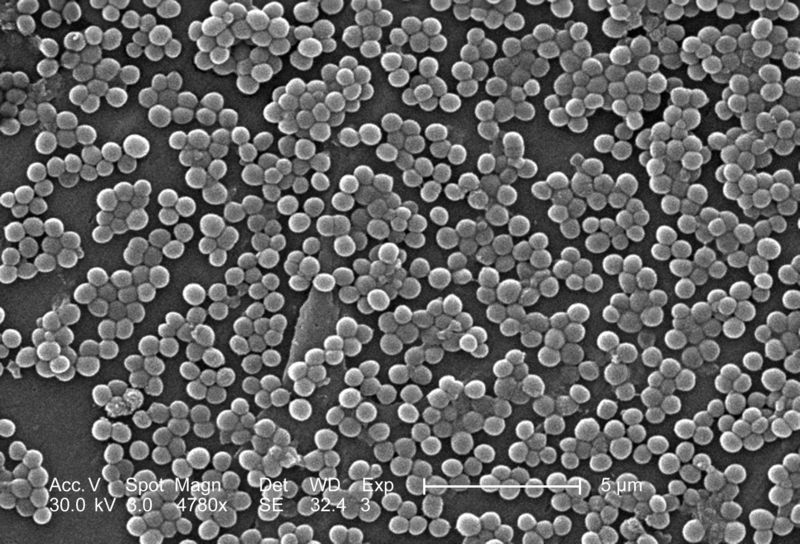 the DNA of 87 samples of Methicillin-resistant staphylococcus aureus, or MRSA, from patients in over 15 hospitals across the UK.
the DNA of 87 samples of Methicillin-resistant staphylococcus aureus, or MRSA, from patients in over 15 hospitals across the UK.
The team deciphered the genetic make-up of the samples to trace the origins of infections found in more local settings and found that hospitals in big cities act as a hub for transmission of MRSA between patients who can then carry and transmit the bacteria to their local setting...
Ross - You don't have to actually have a disease to be infected with MRSA, but they can carry the MRSA with them to those regional hospitals. We might be able to identify patients who become colonised when they're in these city hospitals. If we can screen and identify patients who are MRSA carriers, we could then treat them using topical antibiotics to decolonise or remove those MRSAs so they're not then spreading them back to those regional centres.
---Cellular Causes of Tinnitus
The cellular mechanisms underlying the onset of tinnitus have been discovered by scientists at the University of Leicester, publishing in the journal
Hearing Research.
Working with nerve cells from the brain's dorsal cochlear nucleus, where signals are relayed from the ear to be decoded by the brain, Martine Hamann found that on exposure to loud sounds the erratic signalling in these cells, known to cause the ringing or buzzing associated with the condition, are caused by malfunctions in potassium channels within the nerve that normally regulate the its electrical activity.
Martina - You can have a variety of tinnitus. It can be on one ear or on two ears. It can be different frequencies, or the perception can actually be altered differently it can occur at different times of the day So it's very difficult to pinpoint the mechanism, considering it is quite diverse. So, finding something that is actually so specific can be quite promising in finding a specific target.
The work leads the way for potential drugs to restore the functioning of these channels, enabling the nerves to return to their normal state...
---Bombarding the Earth and Moon with asteroids
 The Earth and moon were bombarded with asteroids nearly 4 billion years ago, re-shaping their surfaces in the process.
The Earth and moon were bombarded with asteroids nearly 4 billion years ago, re-shaping their surfaces in the process.
It's known that our planet and the moon were bombarded with objects thought to be either asteroids, comets or protoplanets approximately 3.9 billion years ago.
Now, writing in
Science, David Kring from the Universities Space Research Association in Texas, analysed samples of moon rock from the Apollo 16 mission, which contained 30 surviving fragments of the colliding objects and identified the culprit to be asteroids - providing greater insight into our early solar system...
David - This is a period of bombardment that immediately precedes the earliest isotopic evidence of life on the Earth and so, we're constantly trying to address, could this bombardment have something to do with the origin and early evolution of life To the extent that we can tease apart more details of the objects hitting, the pace at which they hit the Earth and the moon, and what it is they delivered to the Earth and the moon will better help us evaluate those questions.
---Precise Pollination
The precise way in which plants pollinate has been uncovered by scientists at Brown University in the US.
During pollination, hundreds of pollen-containing sperm stick to the stigma of plants such as Arabidopsis and create tubes through which they deliver sperm to the plants' ovules. Precisely two sperm per ovule, as any extra can result in poor seed development. But the way this is controlled was previously unknown.
Working with models of Arabidopsis in the lab, Mark Johnson and colleagues found that the plants generate a signal when sperm have successfully passed down the tubes to fuse with the egg inside the ovule to prevent any further pollen from landing.
Mark - Plant fertilisation process waits until the moment when fertilisation has been secured to preven t multiple pollen tubes from coming. So, in a case where defective sperm are delivered, that ovule continues to attract more pollen tubes. So, if we can understand the molecular mechanisms that are the basis of these systems, we can then improve the systems or perhaps we can engineer them to be more robust and be able to resist adverse environmental conditions.
And that work was published in the journal
Current Biology.
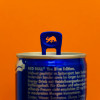









Comments
Add a comment